Welcome to What’s New
Thank you for investigating a new section of this website, and welcome.
For more than six years, dozens of Poles living in New Zealand have shared their stories with me. I have presented them within the context of Poland’s history. Broadly, that history covers the 1772-1918 partitioning by Prussia, Russia and Austro-Hungary; from independence after 1918 to 1945; and post-WW2.
Researching that history has been a selfish joy. It has prompted me to discover my own roots, which extend to at least as far back as 1770s Poland on my father’s side, and encouraged me to re-learn my birth-language.
Immigration is always complicated. I know, because I experienced it twice. Your accent or your name defines you and it is usually sheer luck that determines the people you meet and how you cope in a new country—or in the country of your birth if you happen to be born of refugees, like I was. I retain a memory of starting school and standing in a playground, children everywhere jabbering in some strange tongue. One of the first English words I absorbed was “foreigner.” For many years I took it to mean that I had moved from St Albans to Dunstable.
I admit that have been personally invested in telling the stories of Polish people in New Zealand, and especially of those who went through experiences in WW2 similar to those endured by my grandparents, parents, two aunts and five uncles.
The people featured on this website tend, or tended, to live their lives quietly within their own circles, often distant from the general New Zealand society. Their stories gently slotted into the growing menu, but I decided that I needed to trumpet them better.
We have published six new stories since last September. Three are about people who survived their Soviet capture and three about Polish New Zealanders who descended from far earlier Polish settlers.
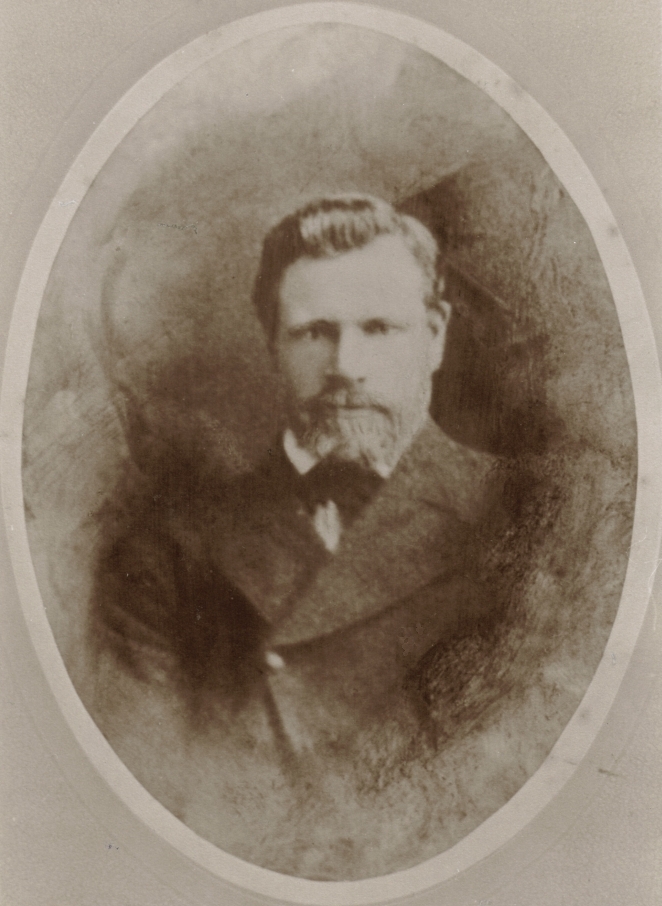
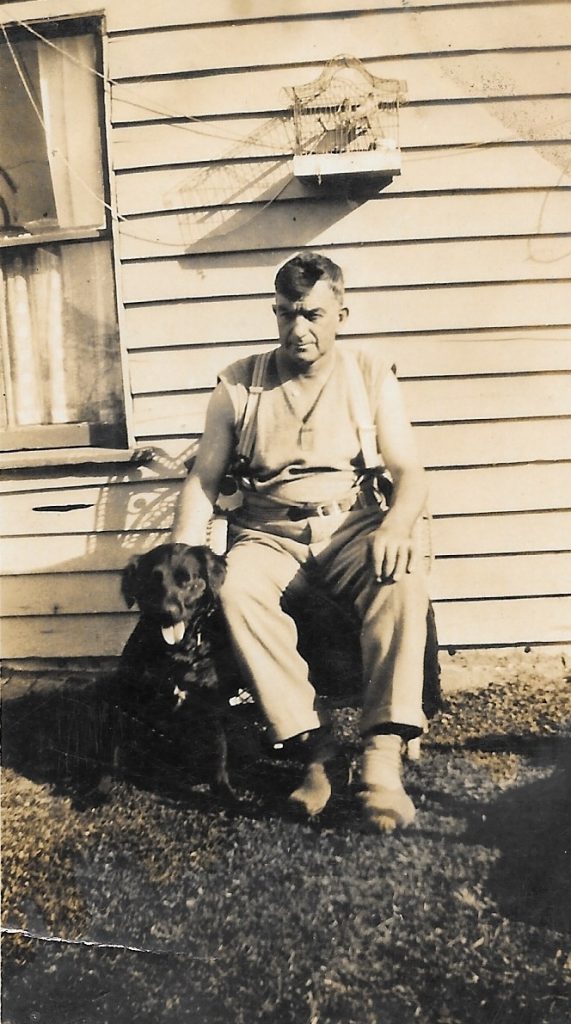
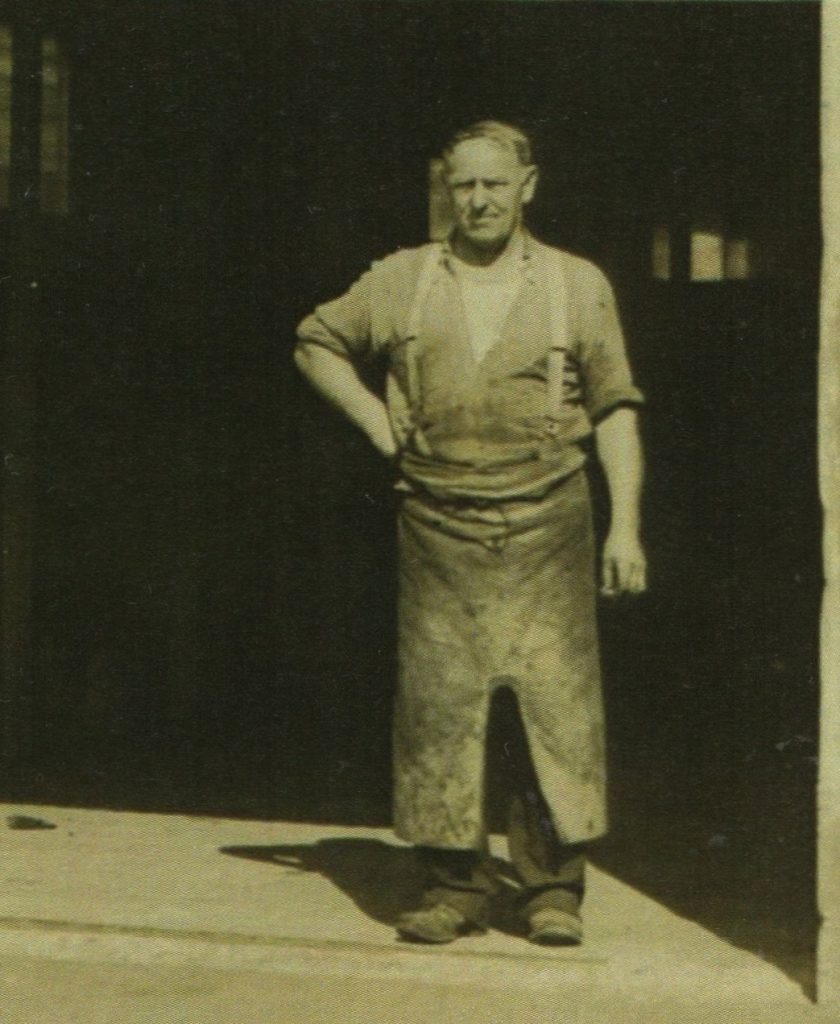
The Kreft Family is a story that started with a seventh-generation rugby-mad child whose step-grandmother helped him find his roots.
Herbert Luskie is a follow-up to the Madeline Orlowski Anderson story, and shows how family stories can go awry. What was, actually wasn’t…
Therese Kowalewski, now 95, is a descendant of Polish settlers who arrived in Taranaki in the 1880s, and an inspiration.
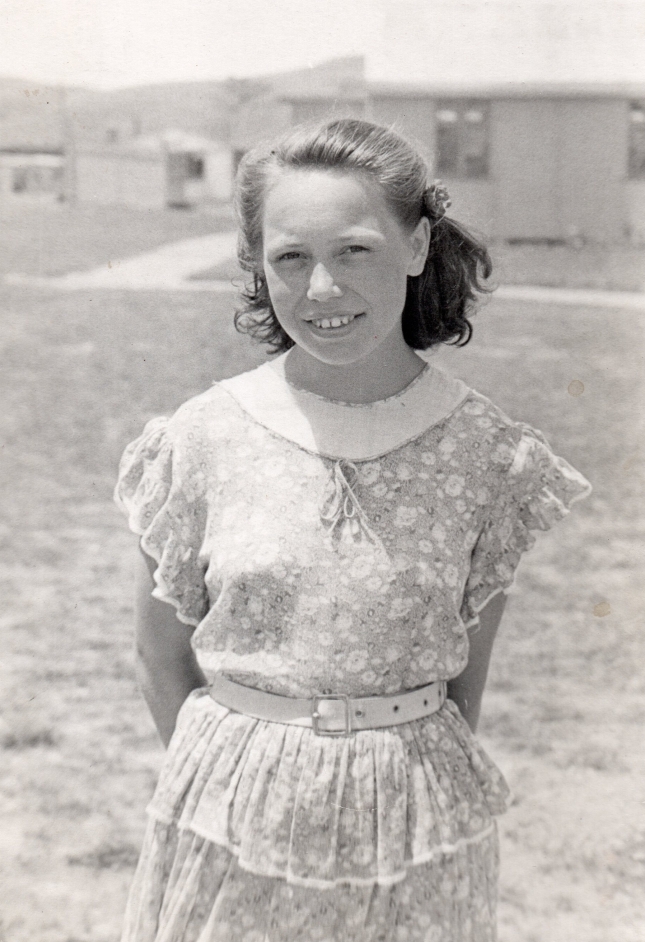
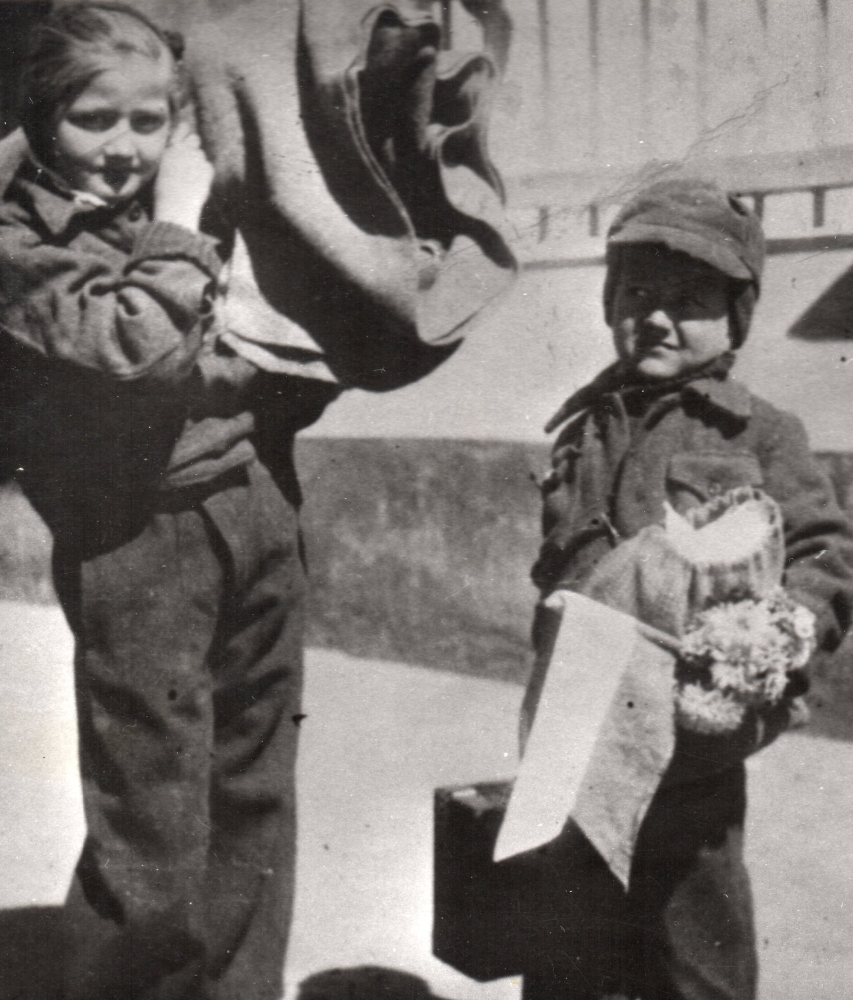
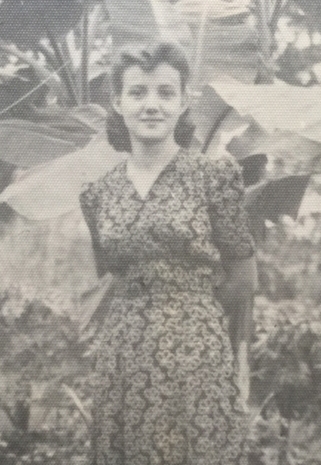
Henia Aulich Blackler, Witold (Victor) Pleciak and Joanna Adamek Kalinowska escaped the USSR with hundreds of thousands of Poles in 1942. Henia and Victor arrived in New Zealand on 1 November 1944 with 836 other Poles, and became known as “Pahiatua children.” Joanna lived in a Polish Refugee Camp in Uganda for five years before British authorities allowed her and other Poles to settle in England in 1948. After she married, she moved to South Africa, and finally, to Auckland in 1973.
I thank all of those who have shared their stories and given me their guidance. During days when I despaired, I had only to think of the late Wisia Sobierajska Watkins, and pulled myself together. Three others who I interviewed for the War Immigrants page have also since died: Stasia Błażków Kennedy, Bronisław Bojanowski and Władysław Piotrkowski. And I cannot forget the charm of Madeline Orlowski Anderson, whose early settler father was Bert Luskie’s brother, and who died in June last year, aged 111.
They were all special people.
—Barbara Scrivens
24 April 2019
_______________
If you would like to comment on this post, or any other story, please email editor@polishhistorynewzealand.org/
